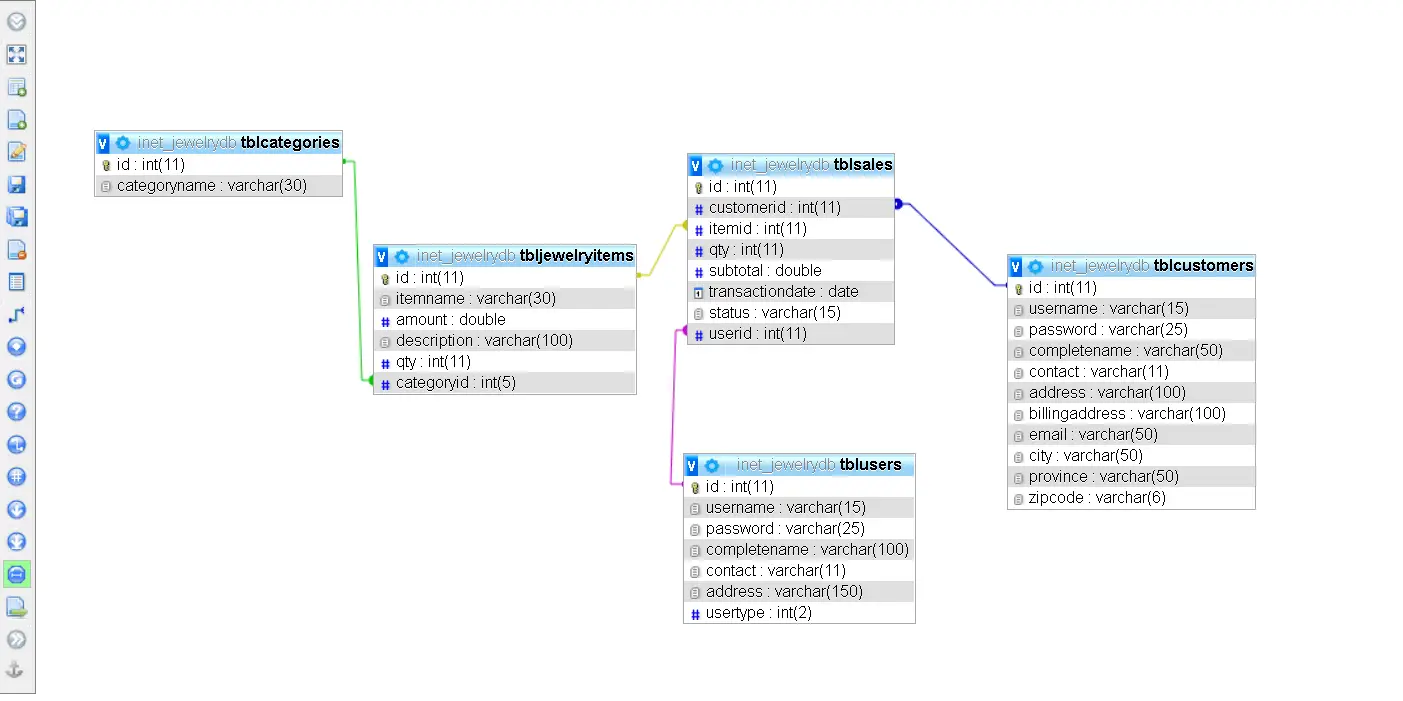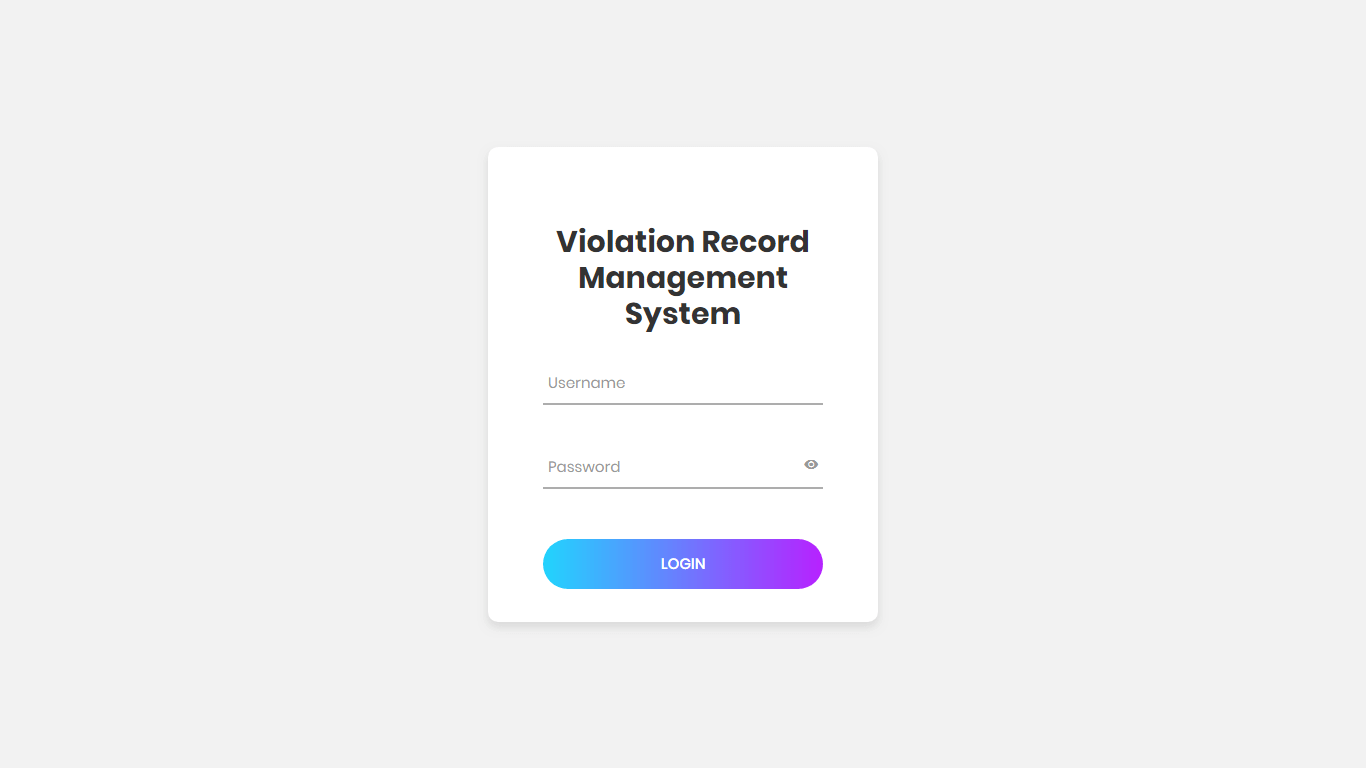Web Based Voting System Review of Related Literature and Systems
This chapter presents the review of the related literature and studies that will enable the researchers to acquire basic information and references in the present study, and the technical background of which will discuss the technicality of the project, details of the technologies to be used and the relevance of the project.

REVIEW OF RELATED LITERATURE
Electronic Voting
According to Wikipedia.org (2012) Electronic voting (also known as e-voting) is a term encompassing several different types of voting, embracing both electronic means of casting a vote and electronic means of counting votes. It can include punched cards, optical scan voting systems and specialized voting kiosks (including self-contained direct-recording electronic voting systems, or DRE). It can also involve transmission of ballots and votes via telephones, private computer networks, or the Internet. Electronic voting technology can speed the counting of ballots and can facilitate electoral fraud.
(http://en.wikipedia.org/wiki/Electronic_voting)
Benefits of Electronic Voting System for Voters
According to www.vaalit.fi (2008) electronic voting presents numerous advantages over traditional paper ballot voting. The advantages of an electronic voting system can be divided into advantages for the voters and advantages for the authorities. Advantages of electronic voting for the voters includes: electronic voting speeds up the voting process and increase the security and reliability of elections where electronic vote is transported safely, reliably and fast into the centralized electronic ballot box. Further, in electronic voting it is not possible to make voting errors by mistake, because the identification information of the chosen candidate will appear on the screen before the vote is confirmed. Another advantage for the voter is that there is no ambiguity in interpreting an electronic vote. When traditional paper ballots are used, unclear numbers may sometimes cause problems.
(http://www.vaalit.fi/sahkoinenaanestaminen/en/etuja.html)
Benefits of Electronic Voting System for Authorities
According to www.vaalit.fi (2008) advantages of electronic voting for the authorities are as follows: electronic voting reduces and simplifies the work of the authorities significantly; electronic voting leads to notable cost savings through reduced personnel; reduce cost for example various forms and documents are no longer needed; electronic votes can be counted fast and reliably, and the result of the vote will be ready almost immediately.
(http://www.vaalit.fi/sahkoinenaanestaminen/en/etuja.h
Direct Recording Electronic voting
Haupt (2008) described a different voting process that could be considered “electronic voting”. According to Haupt there exists a paper based system that uses computers to count the actual ballots; however the original paper ballot is still intact. Direct Recording Electronic (DRE) voting is a voting machine that does not use a paper ballot like the paper based electronic voting machines. Instead, people choose their candidates and proposals through an electronic screen, either through buttons or through a more modern approach, touch screen. DRE voting machines also have the advantage of never running out of paper ballots at a polling center, since the computer can count an unlimited number of ballots.
(http://voices.yahoo.com/electronic-voting-good-bad-2085596.html)
The Voting Process
On February 25, UP Diliman(UPD) held its first campus-wide computerized University Student Council (USC) elections. The open source voting system, called “Halalan”, was created by the UP Linux Users Group (UnPLUG), a student organization at the College of Engineering (CoE). The colleges provided the computers for the elections. The voting process started with students presenting their IDs or Form-5s to attending poll clerks, who checked the list of valid voters. Students on the list then received their passwords from the poll clerks and proceeded to unoccupied voting stations. Using their student numbers and the passwords provided as login information, they opened their electronic ballots and marked the boxes of their chosen candidates. Once they clicked the confirm button, their votes were final and they were automatically logged out. The system allows voters to log in again but only to check their votes, not change them. The first working prototype of Halalan was created in January 2005 and presented to UPD student councils and student publications later that month at the Palma Hall Lobby. Its first application in the USC elections was at the CoE and the School of Statistics in 2007. A year later, the College of Business Administration, the College of Mass Communication, and the School of Library and Information Science also adopted the system.
(http://iskwiki.upd.edu.ph/index.php)
Synthesis
The concept and ideas that the researchers have gathered came from various authors and professionals are related to the study which the researchers used to support the study. The literatures and studies gathered and presented in this chapter gave the researcher insights, facts, and adequate information that will serve as the basis, guide, and reference that are relevant and necessary in the development of Web Based Voting System.
The background and importance of electronic voting technology serve as foundation in the development of a Web Based Voting System. The lists benefits or advantages of electronic voting system to the voters and administrators are relevant the the researchers in the conduct of the present capstone project because these serve as bases in the major concerns of the study, particularly in the features that should be included in the development of the Web Based Voting System, and also in the implementation of the system. While the related studies/systems serve as basis of the researchers about the systems that were developed that has relation to the proposed project.
Credits to the authors
You may visit our facebook page for more information, inquiries and comments.
Hire our team to do the project.


